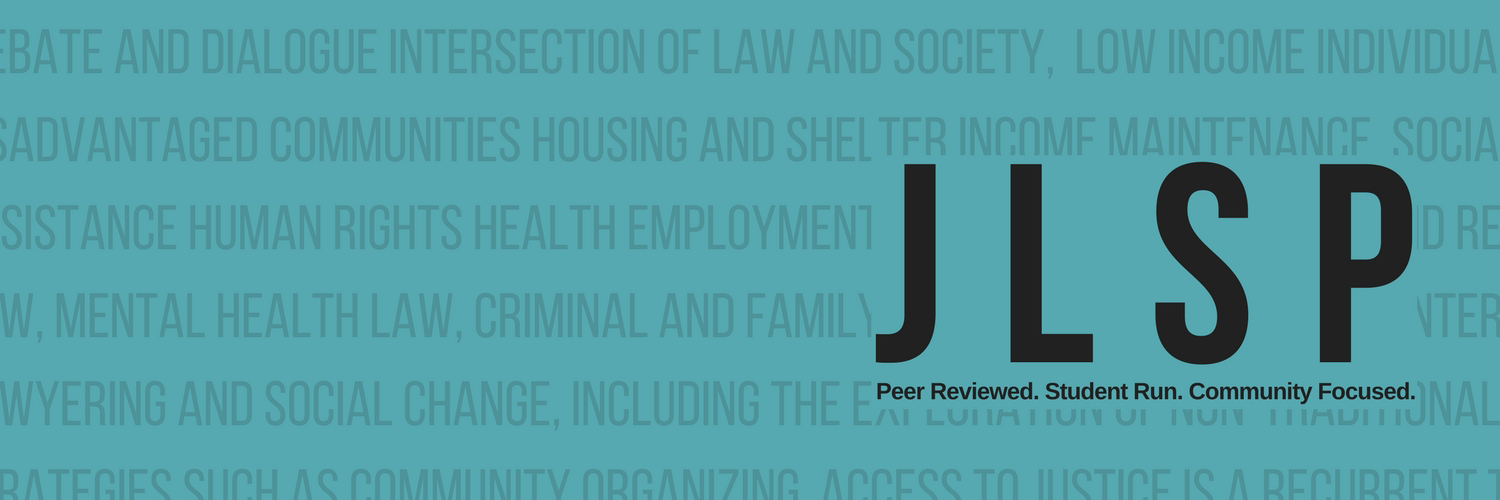
Document Type
Article
English Abstract
This article examines the conceptual and procedural aspects of substantive equality with respect to Jordan’s Principle—a child-first principle intended to ensure First Nations children have equitable access to public services in Canada. We begin by providing a brief history of Jordan’s Principle and outlining how it has been linked to the concept of substantive equality. We then suggest that despite acceptance of the concept of substantive equality as a guiding principle, the federal government has not clearly explained its meaning nor operationalized it in the implementation of Jordan’s Principle. In this regard, we explore five key challenges that undermine a substantive equality approach to Jordan’s Principle: (i) implementation based on individualistic and demand-driven processes; (ii) inconsistent implementation and discretionary decision-making; (iii) burdensome request processes; (iv) delays in provision of funding and services; and (v) lack of an independent appeals process. While endorsing improvements in the implementation of Jordan’s Principle to ensure equitable services for First Nations children and their families, we maintain that a substantive equality approach requires the development of proactive systemic solutions to address the inequities that First Nations children face.
Citation Information
Sinha, Vandna; Sheppard, Colleen; Chadwick, Kathryn; Gunnarsson, Maya; and Jamieson, Gabriella.
"Substantive Equality and Jordan’s Principle: Challenges and Complexities."
Journal of Law and Social Policy
35.
(2021): 21-43.
DOI: https://doi.org/10.60082/0829-3929.1422
https://digitalcommons.osgoode.yorku.ca/jlsp/vol35/iss1/2
